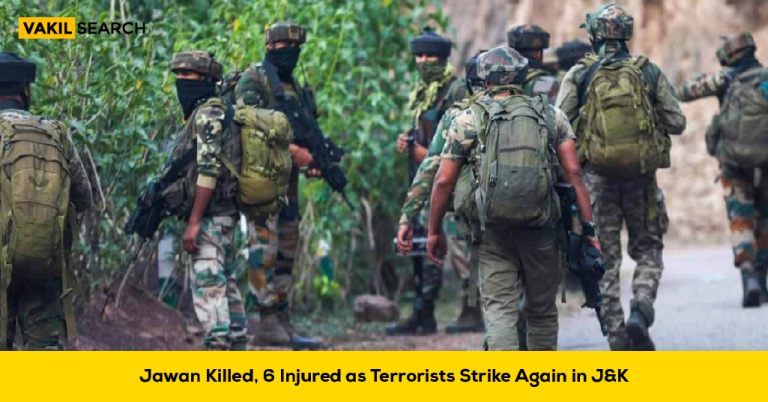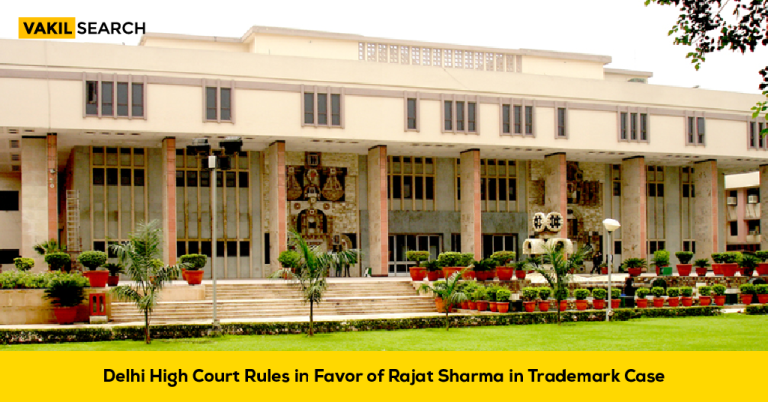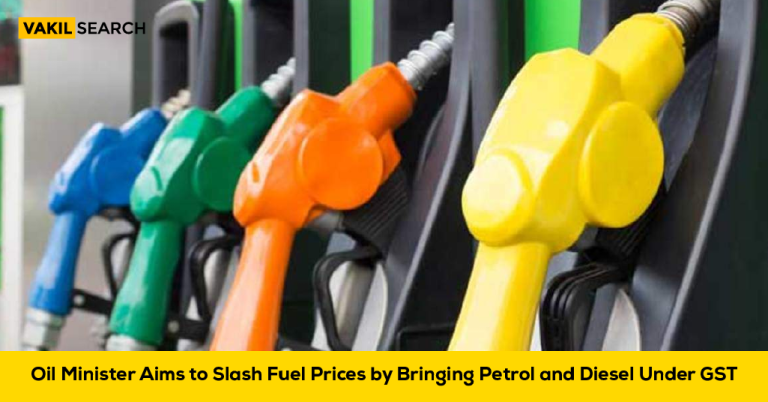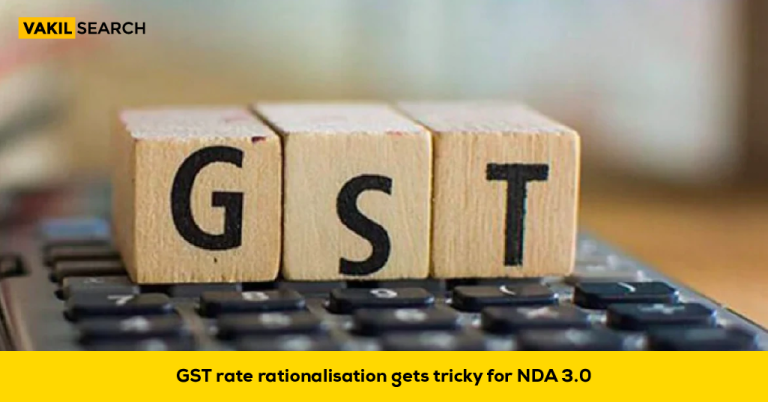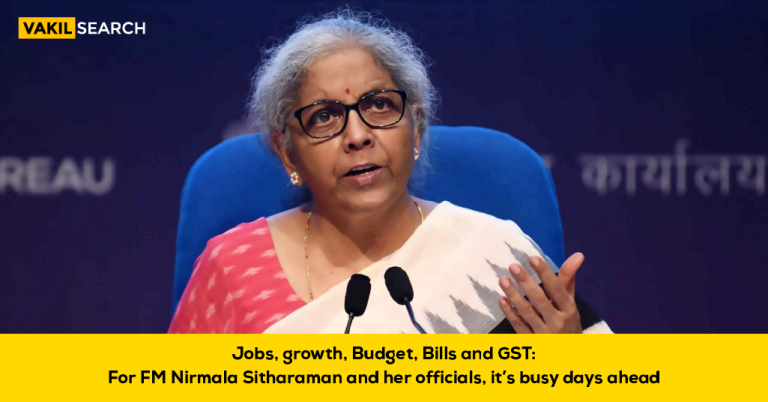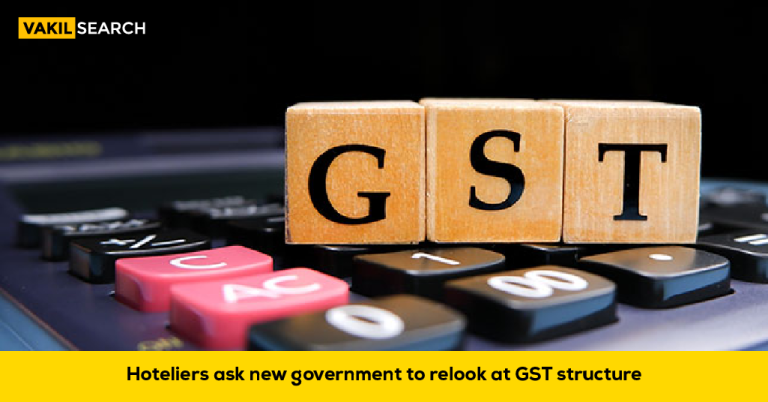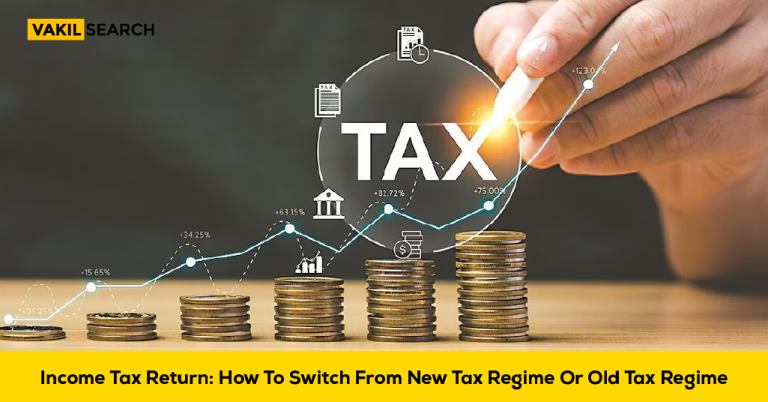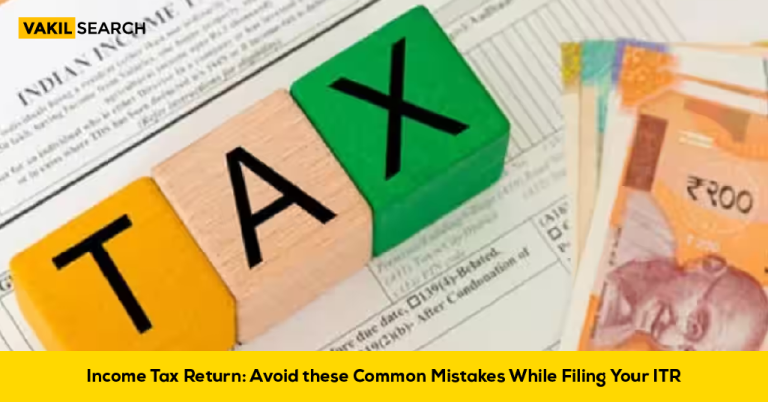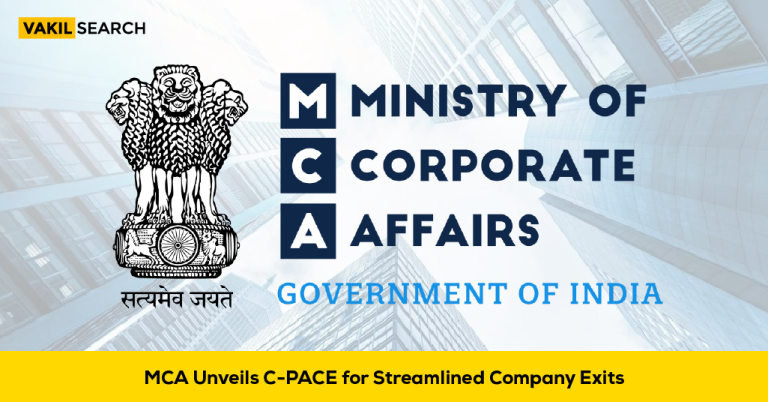In a terrorists strike a CRPF jawan was killed and six others, including five soldiers and a special police officer, were injured as terrorists launched another attack in Jammu and Kashmir’s Doda district. This marks the third such incident in as many days, following a civilian being injured in Kathua and an attack on a bus in Reasi that left nine dead.
The terrorists strike began late last night when terrorists opened fire on a joint team of police and Rashtriya Rifles at an army base in Chattargala. ‘An encounter is underway in the higher reaches,’ said Anand Jain, Additional Director General of Police, Jammu zone, who is supervising the operation.
In the Kathua incident, a terrorist was killed and another is being hunted with the aid of drones in the Hiranagar area. The attackers had solicited water from villagers, arousing suspicion and subsequently opening fire when challenged. ‘There are rumours of multiple casualties, but only one civilian was injured,’ clarified Mr. Jain, dispelling misinformation about the incident.
Mr. Jain also hinted at external instigation behind these attacks, implying involvement from Pakistan without naming the country. ‘Our hostile neighbour always attempts to disrupt peace in our country,’ he stated.
Earlier, a bus en-route to the Shiv Khori cave temple was attacked in Reasi, leading to nine fatalities and 33 injuries after terrorists opened fire, causing the bus to plunge into a gorge. This attack was reportedly orchestrated by Lashkar-e-Taiba commander Abu Hamza. Jammu remains on high alert as security forces intensify efforts to counter these persistent threats.
The recent surge in terrorist attacks in Jammu and Kashmir’s Doda district highlights a significant escalation in regional violence, presenting a severe challenge for security forces. The killing of a CRPF jawan and injuries to six others, including army personnel and a special police officer, underscore the ongoing threat posed by militant groups. The persistence of such attacks, despite intensive counter-terrorism operations, suggests possible external support, as hinted by officials. The current situation demands heightened vigilance and strategic coordination among security agencies to restore stability and prevent further loss of life.
In these turbulent times, legal and regulatory compliance is crucial for businesses and individuals alike. Vakilsearch offers comprehensive legal solutions tailored to your needs. Whether it’s navigating complex legal frameworks, ensuring compliance, or protecting your rights, our team of experts is here to help. Stay secure and compliant with Vakilsearch’s trusted legal services, designed to give you peace of mind. Contact us today to safeguard your interests and focus on what matters most.


